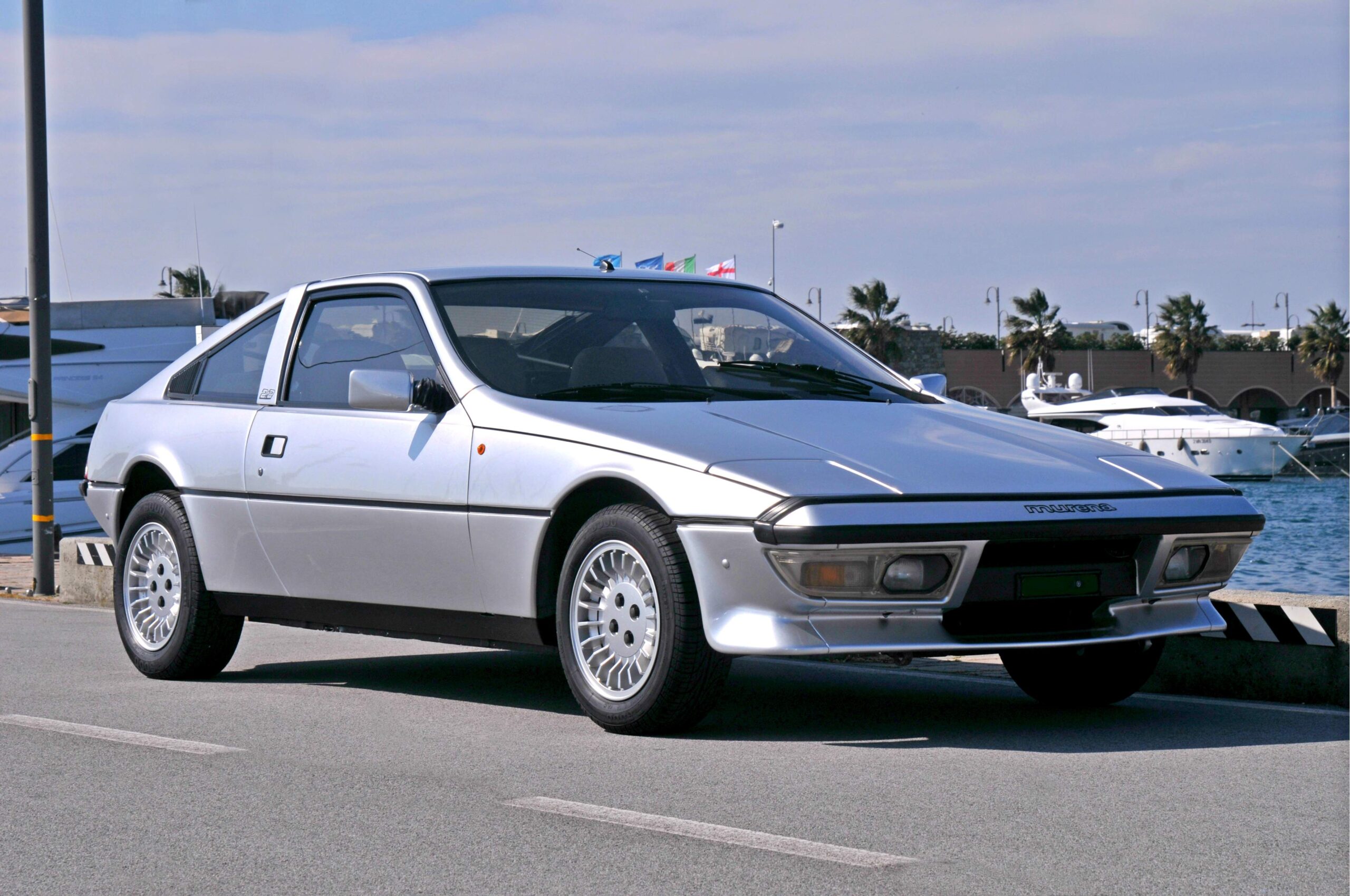Matra
The Rarest Brands in the Top 100 Collections
Photo credit: Bonhams, Matra, Wheelsage
It’s fascinating to think that for an aerospace giant like Matra, cars were also an exciting hobby. Matra’s evolution is a complex story that began in the pre-war period and developed significantly during the Second World War, providing support for armaments. In the early post-war period, it transformed into a military and aerospace technology industry. Matra is an acronym derived from Mécanique Aviation TRAction, and the credit for selecting a man who became a symbol for motorsport enthusiasts, the engineer Jean Luc Lagardère, goes to Matra’s creators, Marcel Chassagny and Sylvain Floirat.
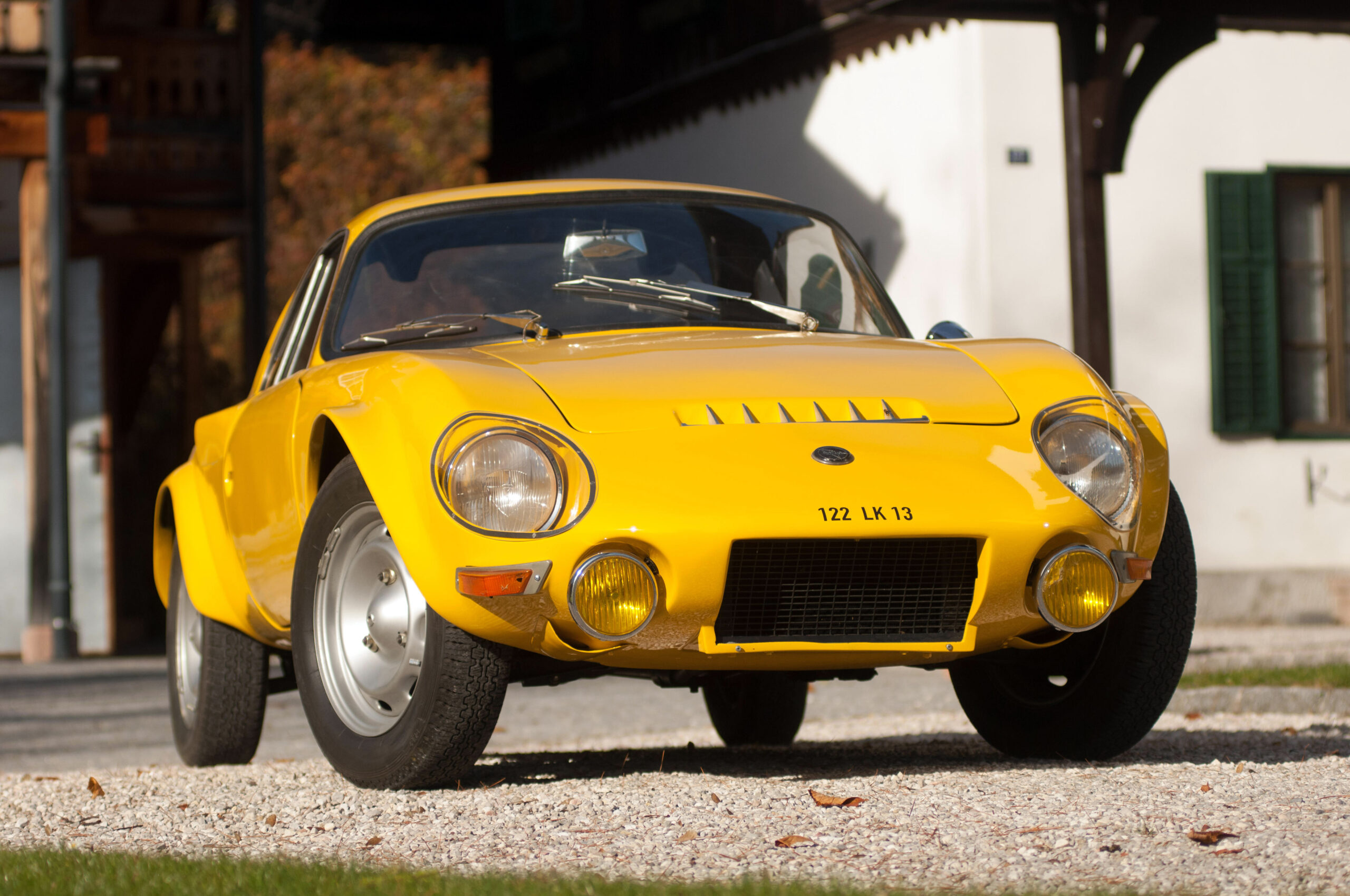
Jean Luc Lagardère’s love for automobiles led to the significant French private industry entering the world of cars for the first time by acquiring René Bonnet. Their first creation was a small sports car called Djet, which was quite similar to the Alpine A110 and was equipped with a Renault engine – the 8 Gordini, to be precise.
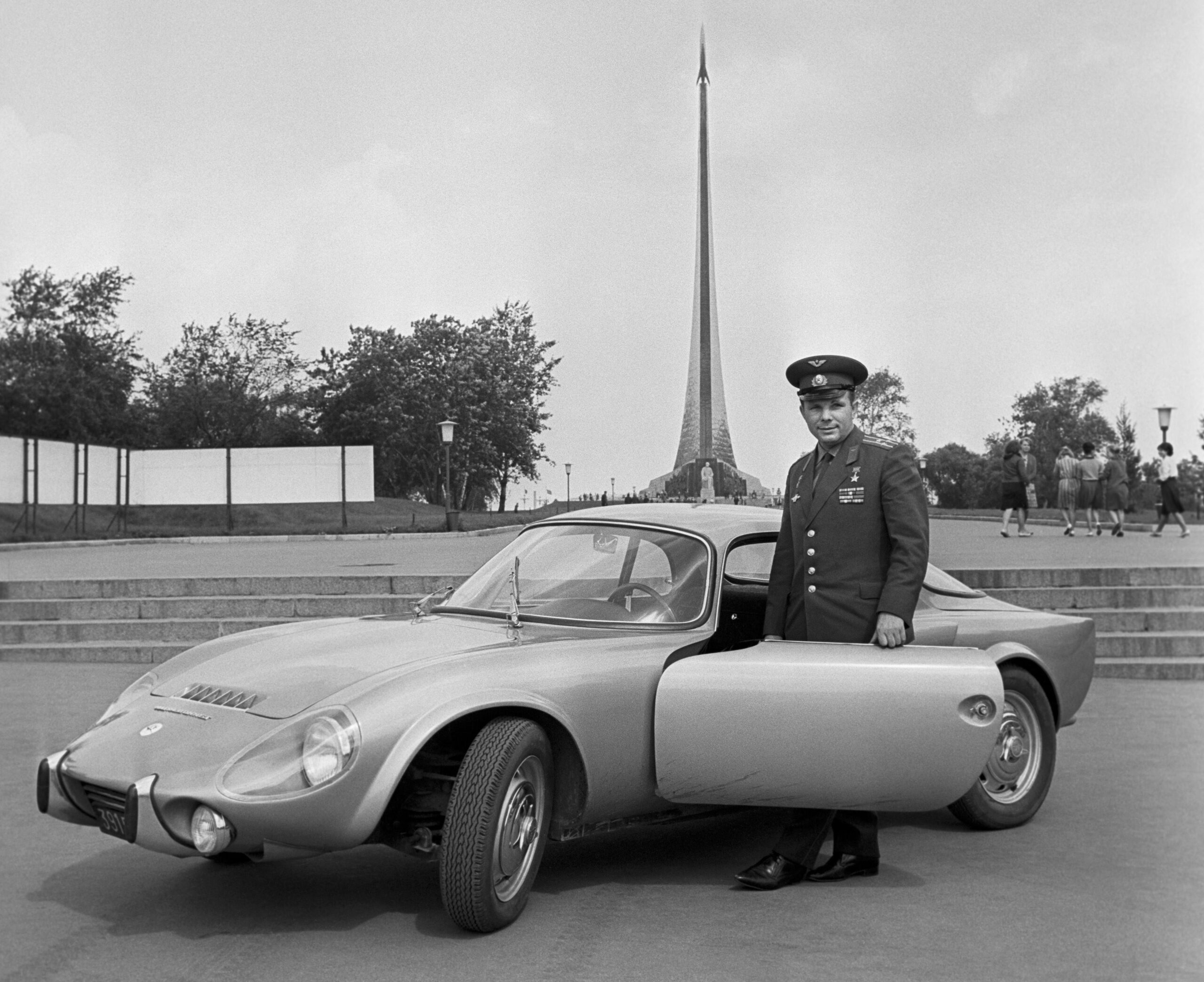
The car gained fame during the early years of space exploration. Yuri Gagarin, the first man in space, visited the Matra factory and became smitten with the Djet. The company’s executives astutely decided to present the car to Gagarin, which served both as propaganda and as an opportunity for further collaboration in the aerospace industry, where Matra was active.

Matra achieved its peak of notoriety in the mid-1960s when it started producing single-seater cars for both Formula 2 and Formula 3. The company’s success culminated in the conquest of the Formula 1 World Title with Jackie Stewart in 1969.
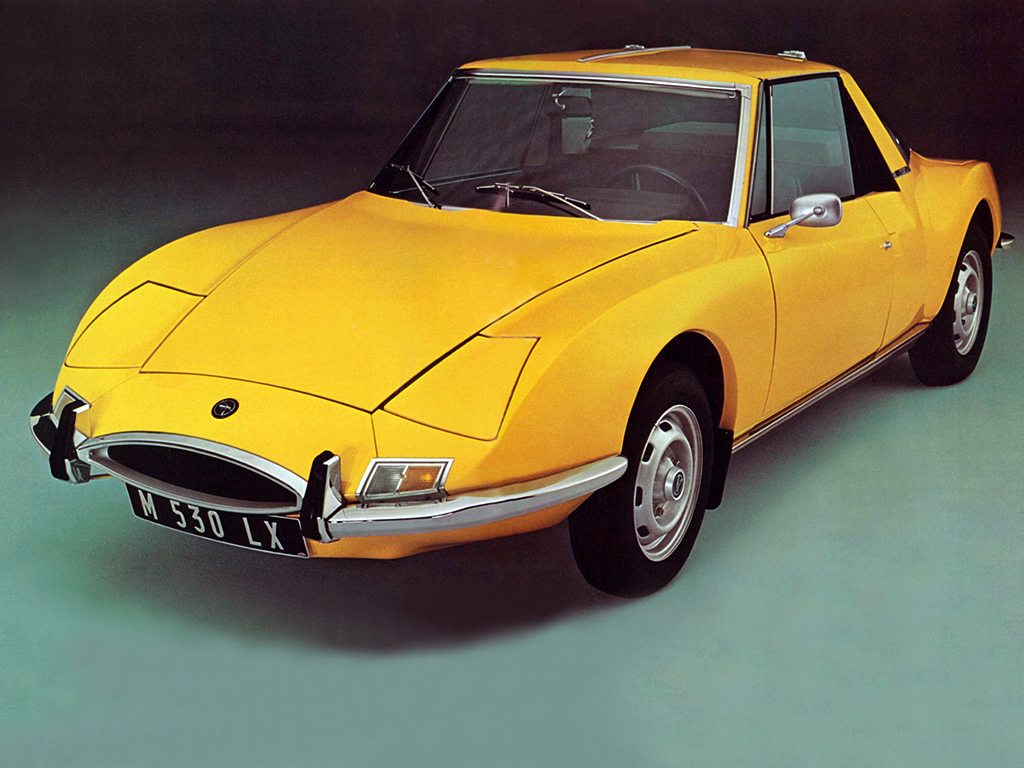
However, for the French, who valued their technology and achievements highly, that was not enough. They needed to win at the 24 Hours of Le Mans, and to achieve this, the famous and popular Gitanes cigarettes were also brought in. Matra designed a magnificent V12 engine that led them to win for three consecutive years from 1972 to 1974. The same engine was also used by Gil Ligier for his Formula 1 team.

Alongside their racing accomplishments, Matra also produced road cars. The M530 was unforgettable, and later, in collaboration with the Simca group and Talbot Peugeot, the Bagheera, Rancho, and Murena were launched.
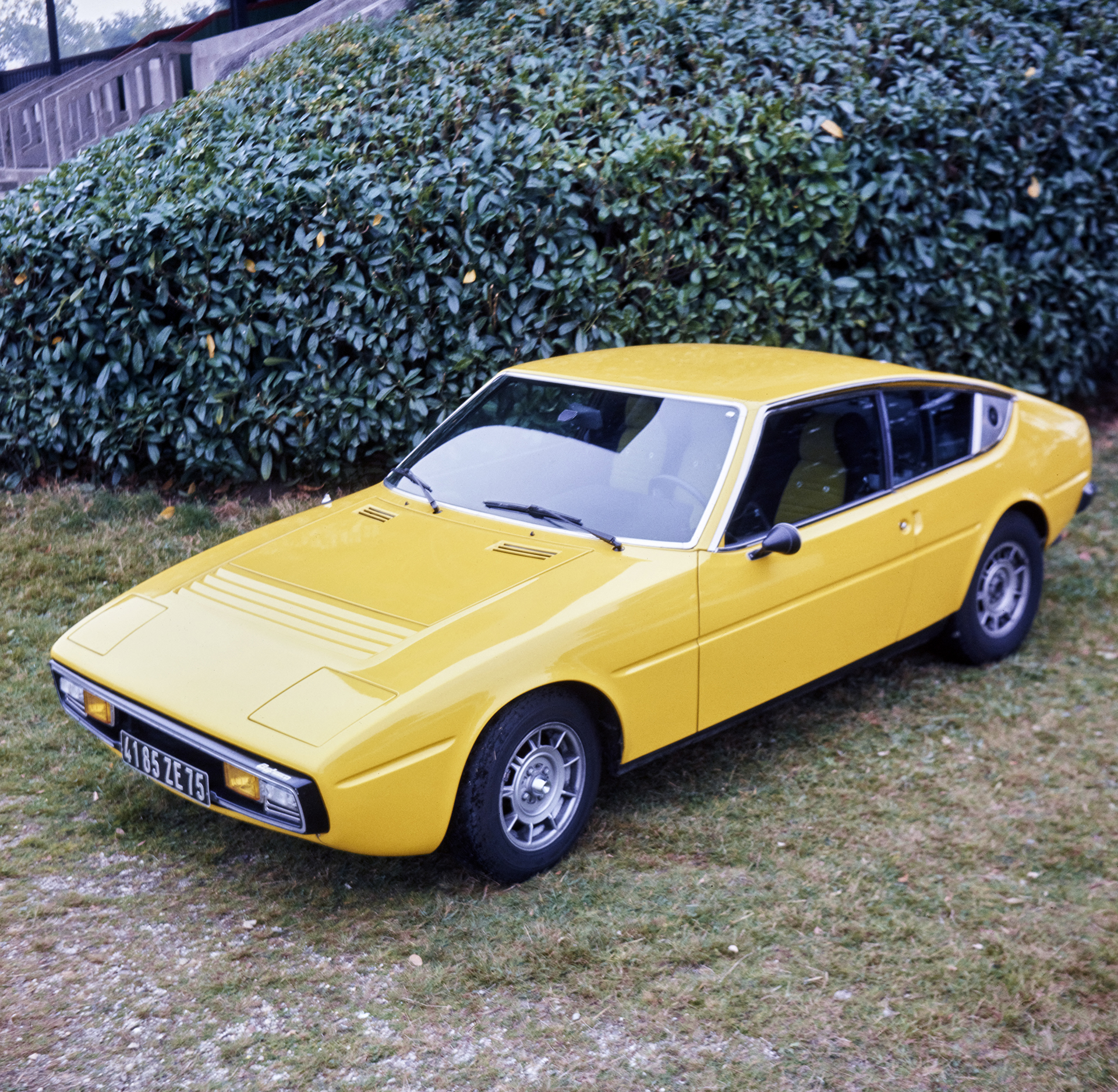
However, we must remember that for a sizeable aerospace company that was starting to take an interest in civil aviation in those years, automobile production was so marginal on their balance sheet that it was destined to disappear.

The swan song of Matra’s car production could be considered the return of their collaboration with Renault, where they built the innovative Espace and the unfortunate Avantime. A beautiful story that deserved to be told.
